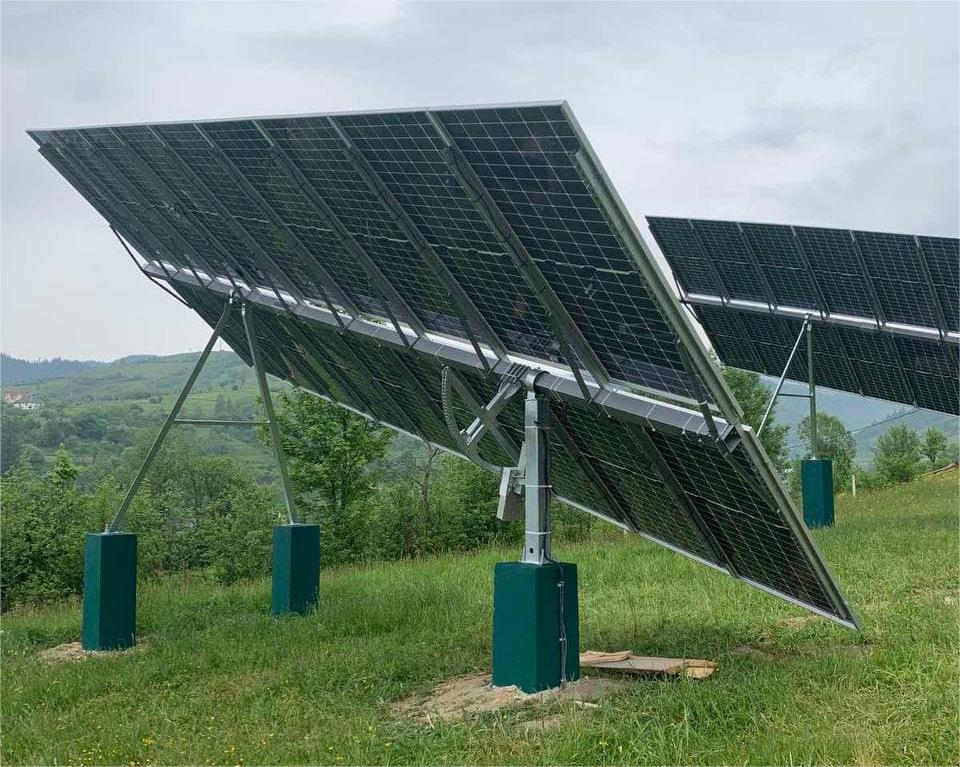As a clean and renewable energy source, solar energy has become an important force in promoting global energy transformation. The structural design of PV racking directly affects the stability and power generation efficiency of PV power systems. The structure and mounting method of solar PV racking is a key factor in determining the performance and efficiency of solar PV systems.So, how to design a solid structure as well as adopt an efficient mounting method?
Solar PV racking can be categorized into solar fixed racking and tracking racking. Tracking mounts can be further categorized into: single-axis tracking, dual-axis tracking and inclined-axis tracking. Structural components of tracking type: support structure, including a series of metal or alloy components, used to support and stabilize solar panels. These support structures are usually made of steel or aluminum with sufficient strength and durability. Tracking system: The tracking system usually consists of sensors, controllers and actuators. Driving Mechanism: The driving mechanism usually adopts electric or hydraulic system to drive the bracket to rotate through the command of controller, so that the solar panel can rotate horizontally and vertically with the sun trajectory. Solar panel bracket: The solar panel is mounted on top of the bracket, usually using specially designed clamp kit or clips to secure the panel to the bracket.
Racking installation method: divided from the connection method, the solar energy system installation can be simply divided into welding and assembling type two kinds.
Welded bracket has low requirements on the production process of steel sections (angles), good connection strength and low price, which is the commonly used bracket connection form in the current market. However, welded bracket also has some of its own shortcomings, such as the connection point corrosion difficulty, if painted, every 1 to 2 years the paint layer will be flaking, need to be repainted, the subsequent maintenance costs are high; in addition, in the field construction, especially off-grid areas when the installation of the welding cost of electricity is higher; construction speed is slow, not enough to be beautiful and so on. With the improvement of China's urbanization level, the residents of the building aesthetics requirements are increasingly high, the use of pv racking system in civil buildings, is less suitable for the use of welded brackets.
In order to overcome these shortcomings, the market appeared to channel steel as the main supporting structural components of the finished bracket. The most significant advantage of assembled bracket is assembled, disassembled quickly, without welding; all solar bracket components are factory production, anticorrosive coating uniformity, good durability; construction speed, beautiful. But to do the above points is not easy. First of all, to make it easy to connect between channels, different splices and fixtures must be designed according to various connection situations. Connection fixtures must be able to firmly connect the splices and channel steel, can be fixed and locked in any position of the channel steel, and easy to install and dismantle. Secondly, the connections between the channels need to be secure, e.g. by means of a tooth bite. Finally, the entire section of channel needs to be cut on-site as accurately and easily as possible, without cutting the back hole. This requires the channel steel to increase the scale marking, convenient construction personnel on-site cutting.